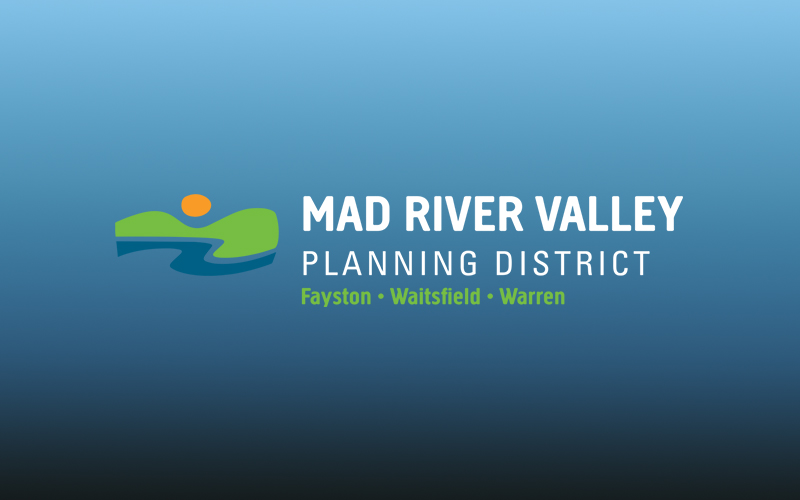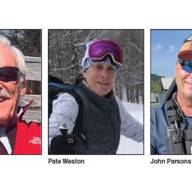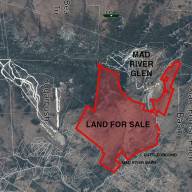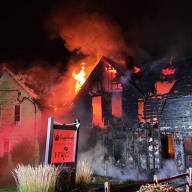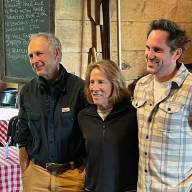Here’s the backstory on how the October 12 housing summit at the Lareau Farm Pavilion in Waitsfield came to be. It is open to the public and will feature panel discussion, presentations, breakout groups and American Flatbread. It runs from 4:30 to 7 p.m. and is presented by the Mad River Valley Planning District.
It marks a return of the issue of housing to the umbrella of the planning district after several years of a revitalized Mad River Valley Housing Coalition working to address the issue.
The efforts of the Mad River Valley Housing Coalition came to a standstill this winter after its board members were unable to convince local select boards to fund an executive director for two years using ARPA funds. That led the Mad River Valley Planning District to take another look at the issue of housing.
Specifically, it was the results of the Mad River Valley well-being survey that led the planning district’s community planner Amy Tomasso to advocate strongly for the planning district to revisit the housing issue.
“We were at a standstill,” said housing coalition board member, Warren Select Board member and Mad River Valley Planning District steering committee chair Bob Ackland.
CRYING NEED
“Amy led the well-being survey for the three communities and the results showed that there was a crying need to address housing,” he said.
Tomasso and Josh Schwartz, executive director of the planning district recognized that the planning district had owned the housing issue in the past, including the 2017 housing report as well as the Kennedy Report which analyzed the housing situation in The Valley during 2019 and was released in early 2020. That detailed the specific number of housing units The Valley was lacking pre-pandemic. The COVID-19 pandemic resulted in a significant tightening of an already very tight housing market in The Valley, Ackland explained.
“It just exacerbated the problem. The three towns don’t have the human resources to tackle housing. We, the steering committee, realized we can’t ignore this problem and what needed to be done going forward was for the planning district to own this and really advocate for housing. And we realized what we really needed to do is get community buy-in and engagement to create a more unified voice to communicate with the governments of all three towns that this is an important problem,” Ackland said.
PREP WORK
As part of prep work for the summit, Ackland said that the housing sections of Warren, Waitsfield and Fayston’s Town Plans are being analyzed for comparison and to create a baseline for what’s possible within each town and to see where policies overlap or differ.
“The summit will include information on the present state of affairs in terms of what towns are doing. Our mission for the summit is to share with people what the three towns have done and also bring together some experts from throughout the state to share what has been done in other places,” Ackland said.
He said that while housing is an issue statewide, what works in Burlington or Barre may not be right for smaller more rural communities without extensive municipal infrastructure.
“We want to look at rural communities that are suffering from the same problem we are and ask how are they dealing with it? What are the tools and resources that they’re using and are those available to us here in the Mad River Valley,” he said.
Something Ackland and summit organizers hope will come from the summit is renewed commitment from local town governments to the issue of housing, particularly in terms of identifying where housing should be built.
“We want towns to be invested in solving this problem and town governments to be working very proactively on it. We need to commit resources to making it happen and we need towns to be committed to Smart Growth and to come out and designate areas for denser housing,” he added.


